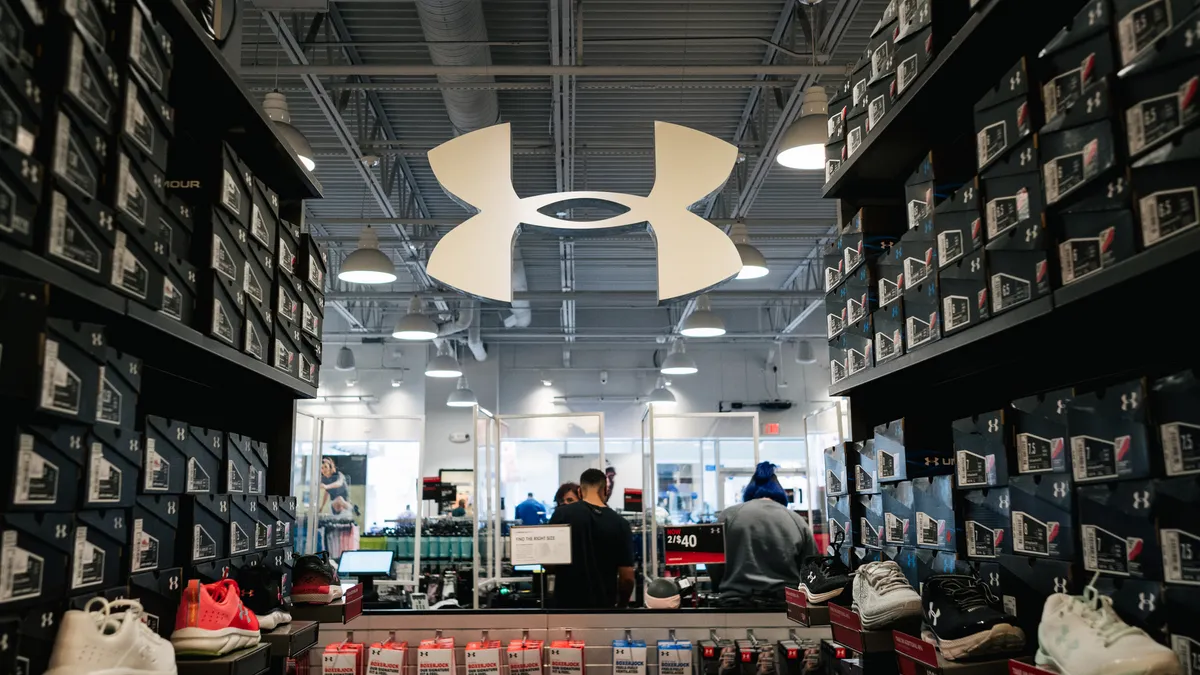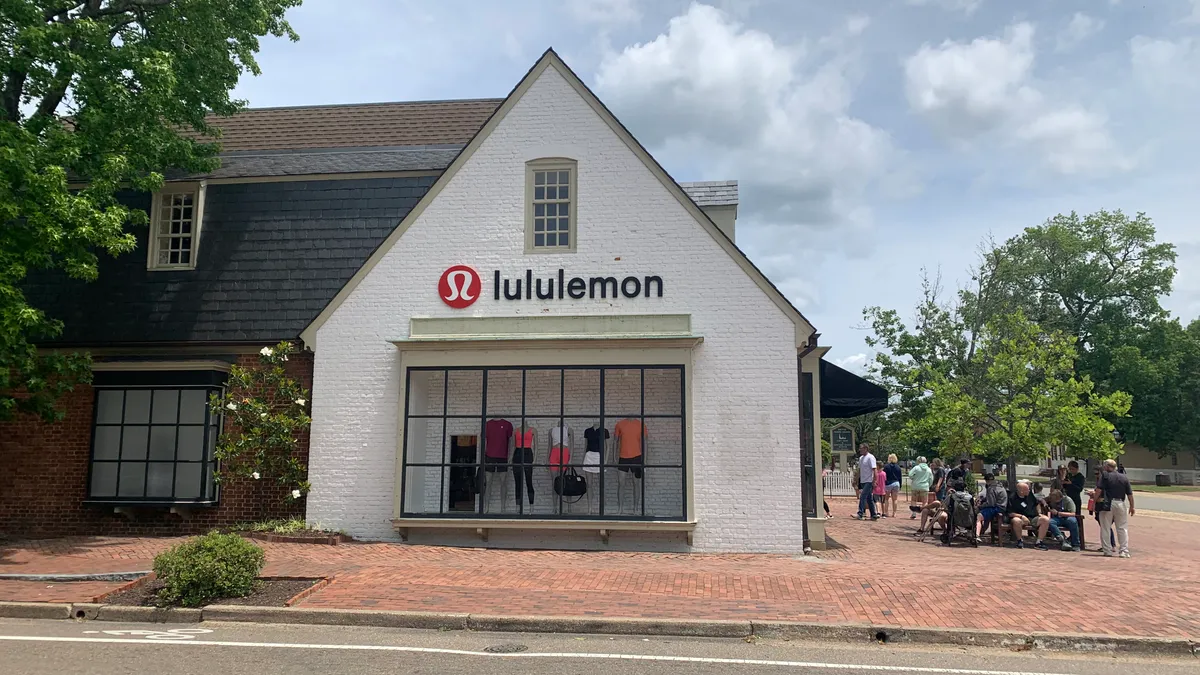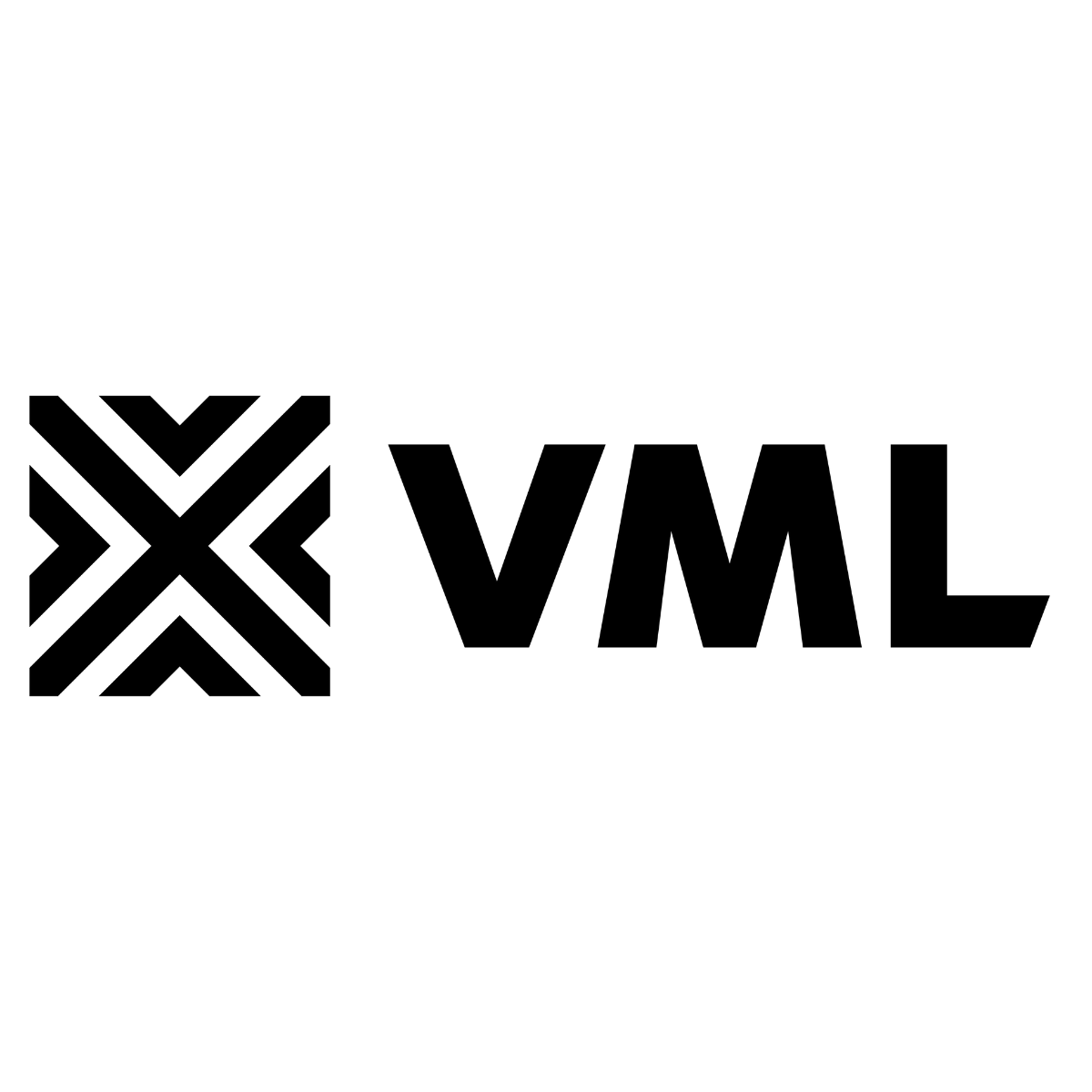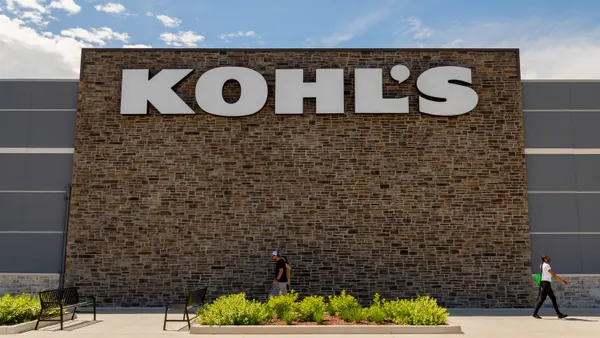Dive Brief:
- Under Armour is nearing completion on a 25% SKU reduction that started about a year ago, CEO Kevin Plank said on a call with analysts Tuesday. Looking forward, the brand is focused on selling more premium products, including a backpack that will cost $140.
- In the meantime, sales continue to tumble as Under Armour executes on its turnaround plan. Revenue in Q4 was down 11%, to $1.2 billion, and full-year revenue declined 9%, to $5.2 billion.
- Declines came from both channels, with wholesale falling 8% in 2024 and DTC declining 11% due to a more than 20% dip in e-commerce revenue. Under Armour swung to a net loss for both the quarter and the year, both of which were impacted by restructuring charges and other transformation expenses.
Dive Insight:
While Under Armour’s sales continue to falter, Plank told analysts he felt confident going into the earnings call.
The retailer’s strategy includes focusing on high-return categories, eliminating unproductive SKUs and “shrinking the battlefield wherever possible,” according to Plank. Under Armour has already sunk $89 million into the plan and expects to complete the $140 million to $160 million in total expenses by the end of this fiscal year.
“Without great product, there is nothing else,” Plank said.
As such, the retailer is focused on a smaller selection of products that will sell at higher price points. Plank said Under Armour would aim to launch between four and six products per season and look for space to expand margins. A new backpack the retailer has developed, for example, will be priced roughly $80 to $100 more expensive than the typical product in that category.
At the same time, Under Armour is reducing promotions online and in stores, which is helping gross margin but hurting revenue. BMO Capital Markets’ analyst Simeon Siegel said gross margin of 46.7% in Q4 “nicely beat” expectations and was helped by lower discounting and reduced freight costs, among other things.
“We continue to commend [Under Armour]’s focus on improving [gross margin] while acknowledging in this time of flux, investors are looking for signs/timeline of revenue stabilization,” Siegel said.
Tariffs, of course, add another layer of uncertainty to Under Armour’s sales outlook; the retailer only released guidance for Q1 as a result, when it expects revenue to fall between 4% and 5%. Like others in the industry, Under Armour is diversifying its sourcing and working with partners on price to combat the tariffs.














